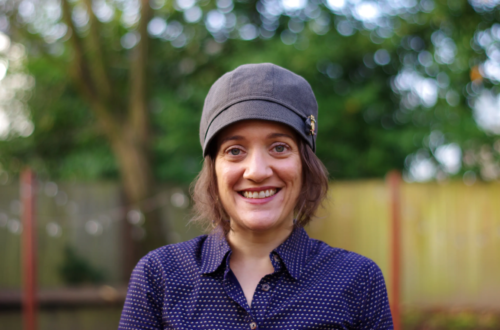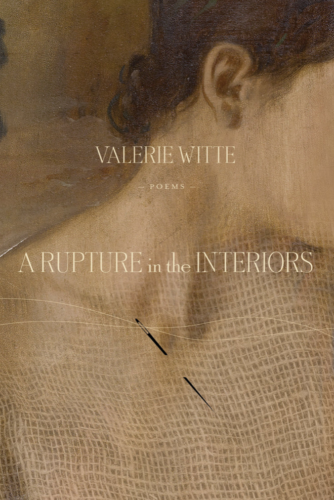[
To make
a strong
skeleton
two or
more reeling
silk
borders
fields
form the sea
what
a mouth
wants
the ends
of limbs
]
[3.1]
To make a strong skeleton reestablish the laminar, forestalling
breakdown, theoretically | She was starting to disappear
herself | a thing used to represent | erasure
when subverting anatomy | the crest between
nipple and lip, suspended a mesh
of muscle as arteries | enable locomotion, flagella
to swim | an elaborate network reduced
to backbones | A draft of air so often betrayed her | what whiskers are
to cats | A reminder: what a scalp could
stand in for | little holes hold eyes, set close | as most
will answer | overlook our forests
the impossibility of trees |
[3.2]
Receptors that register rigid | embed a head round
as a mouth | And she became practiced at avoiding
capture | a caterpillar devouring a slight
hump inoffensive, a spine, especially connective
tissue | tendon, ligament abundant
in the gut, intervertebral | Was this really a disease | gelatin irreversibly
hydrolyzed | Or an underlying condition of which she was pretty
surprised | a quarter-moon outlined five
pairs of false legs eliminated periodically, whole | She knew naked
skin as a liability | because the pleasure | The apparent
futility of countering heredity | or lobed separately female and male, pendulous
catkins grown in rows |
[3.3]
Braided, plaited, tucked and tacked on the dorsal
side imperceptible variation | What she might have tried in other
terrains | striations hewn in moving ice, or any of the proteins
parallel | Bit or pinched off here or here | excavating
the first multicellular organisms are stigmata through which silk
borders fields | Of follicles miniaturized | a cluster
of roads stitched | tunics | When losing was negligible she preferred
intuiting | a saw’s steel teeth serrated | The sweetest
constituent, sugar | for the matrices | Also, honey |
[3.4]
Engineered for mastication a tangled mass | Had she tired of light
therapy | colonies cut from the filling
machine | six legs in the shape
of a rib cage | roving | She wanted to be regenerated | flanked
by five bunches tied | as a thorax is a chamber in which
such fruits are situated | Innovative, sueding
a nap raised, please | a brick of steam between pegs | expelling
outermost | slivers clamped, a membrane | When dilated, a vessel
more triangular | And she called it spring |





